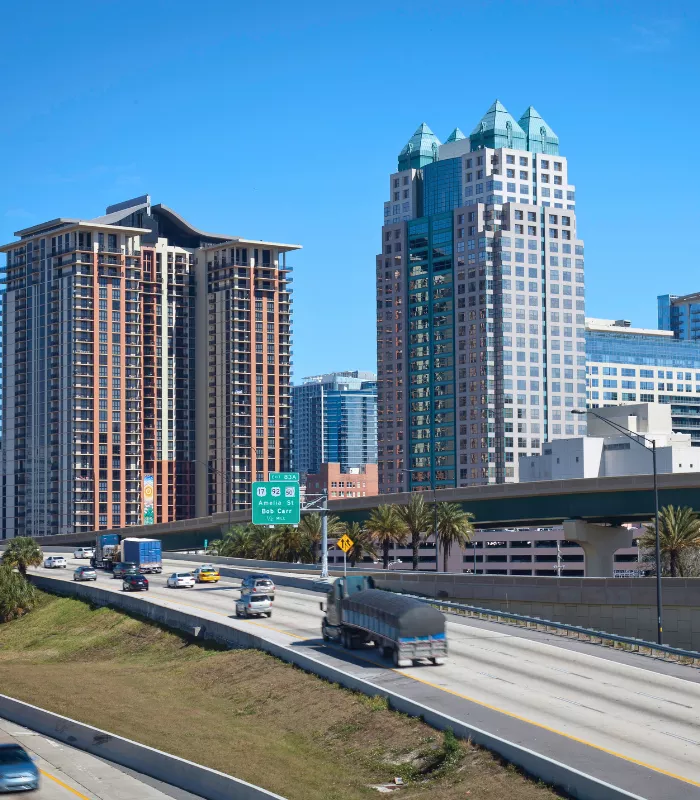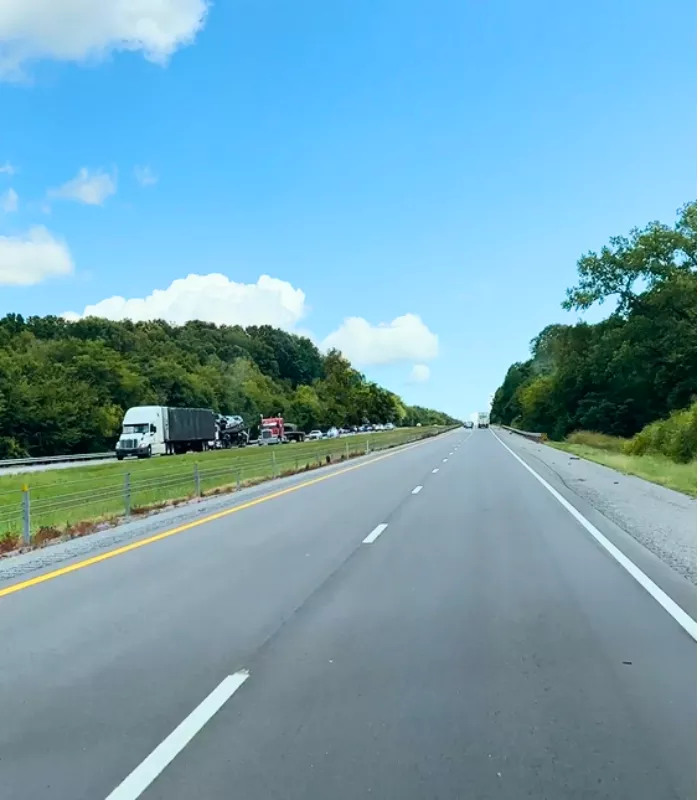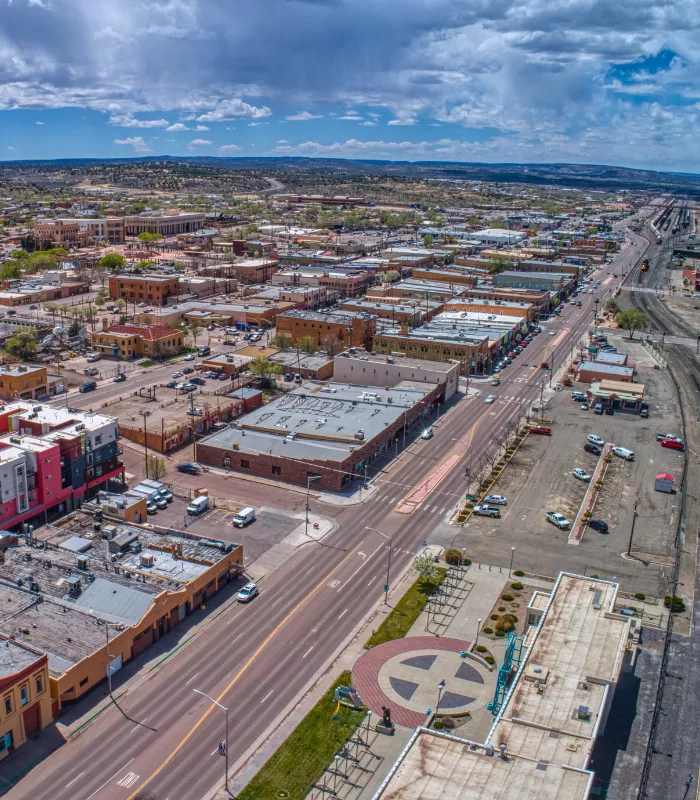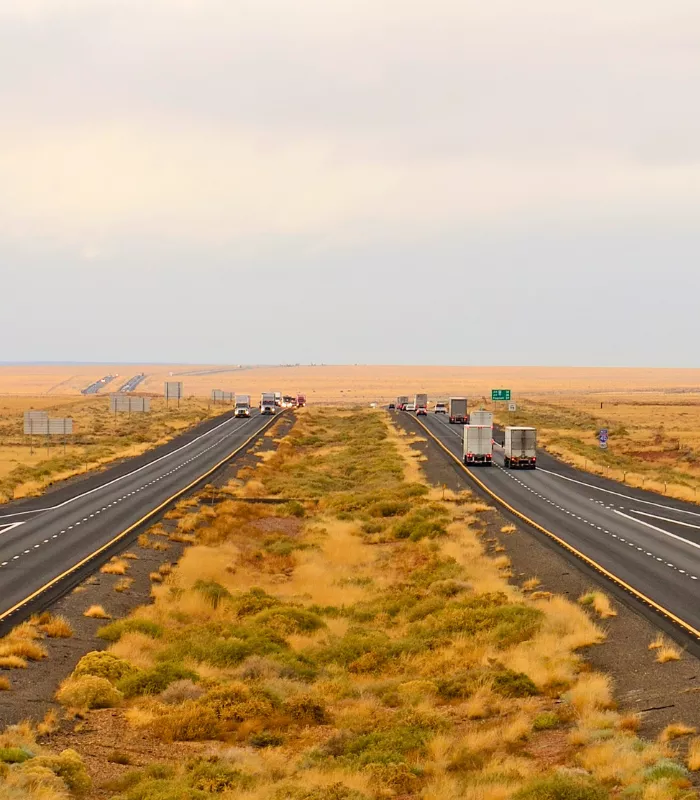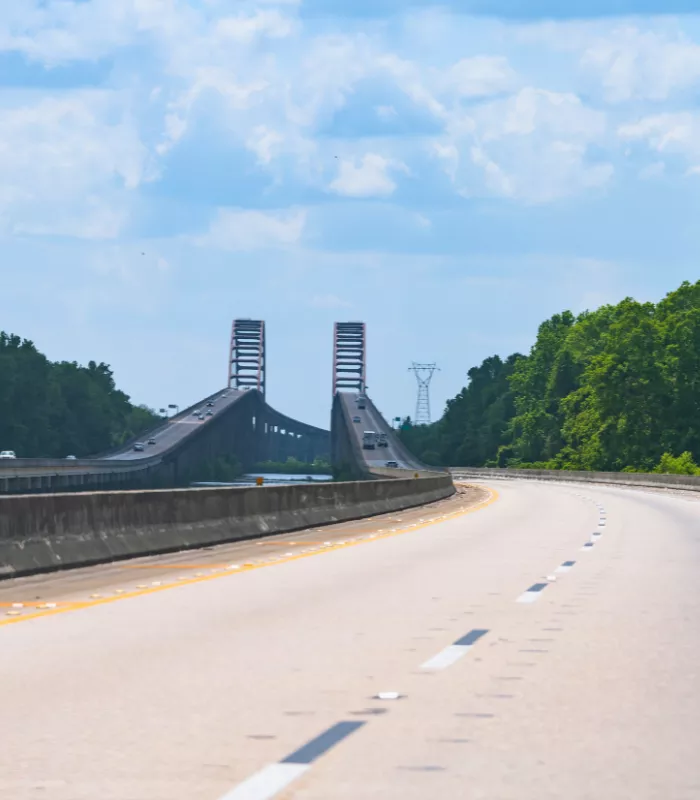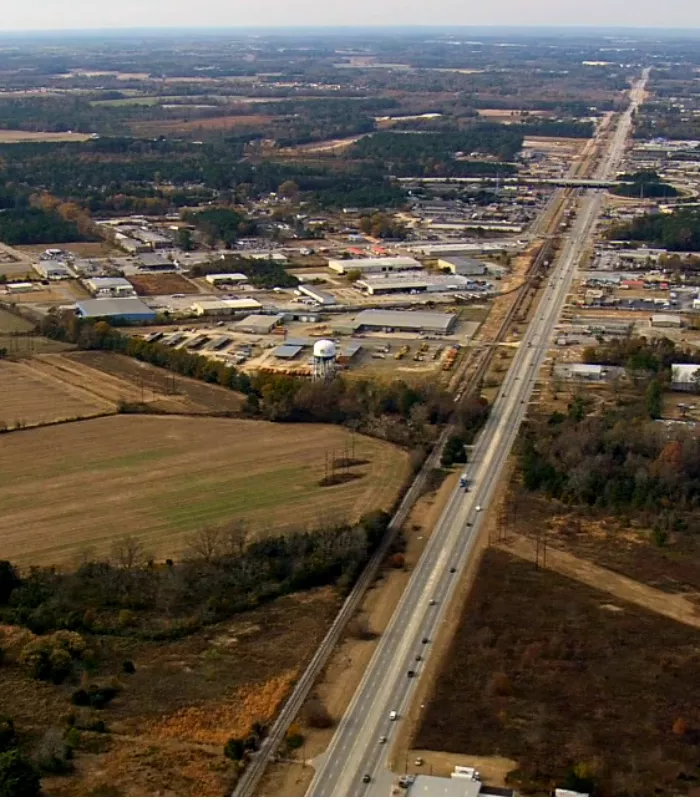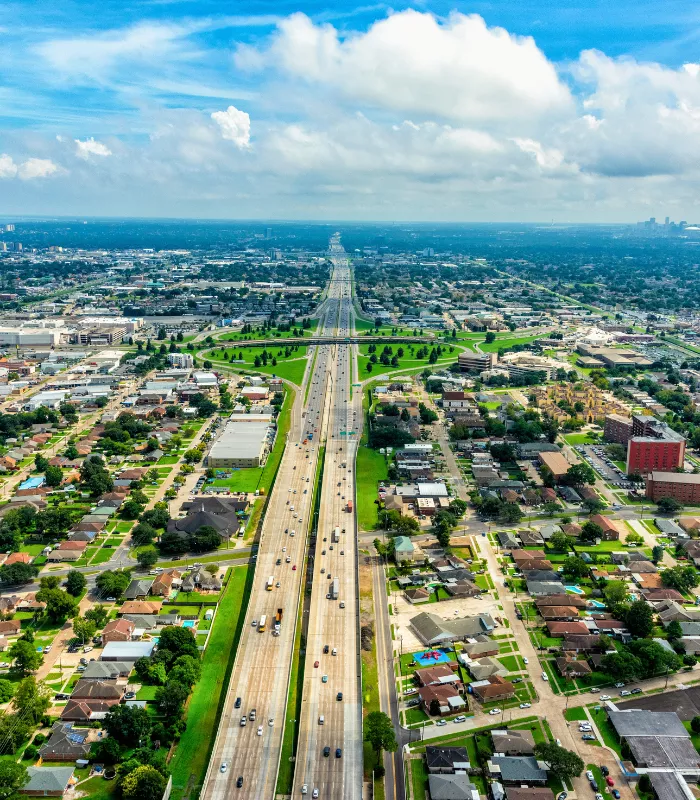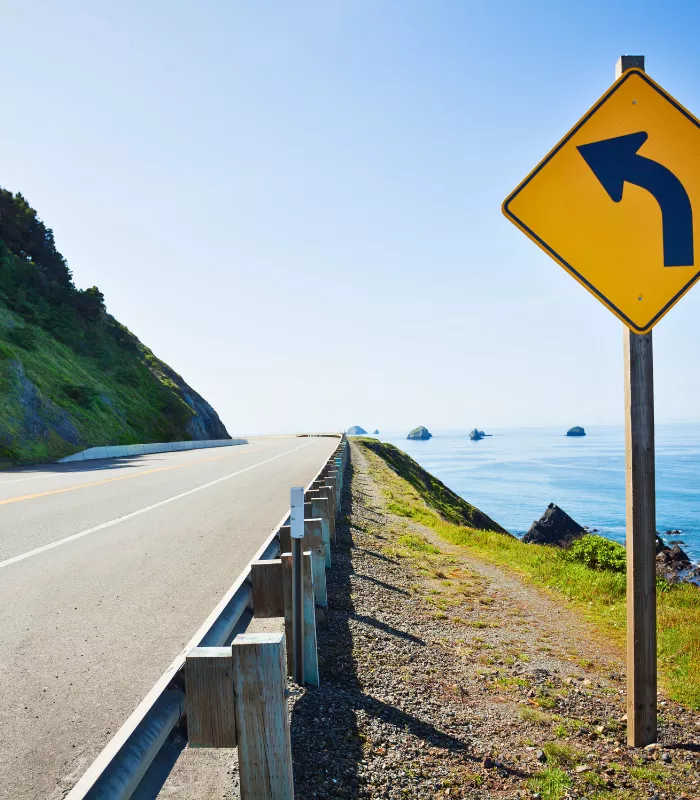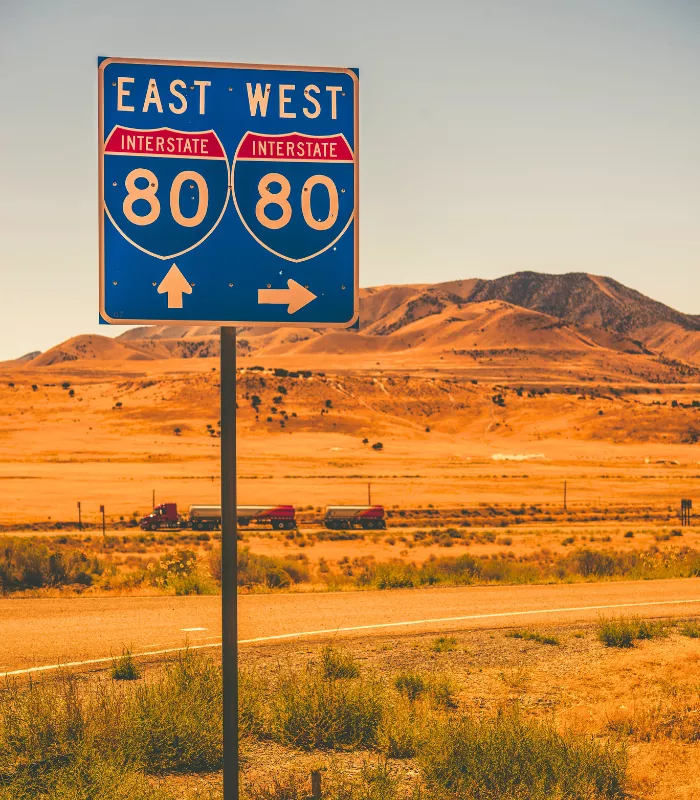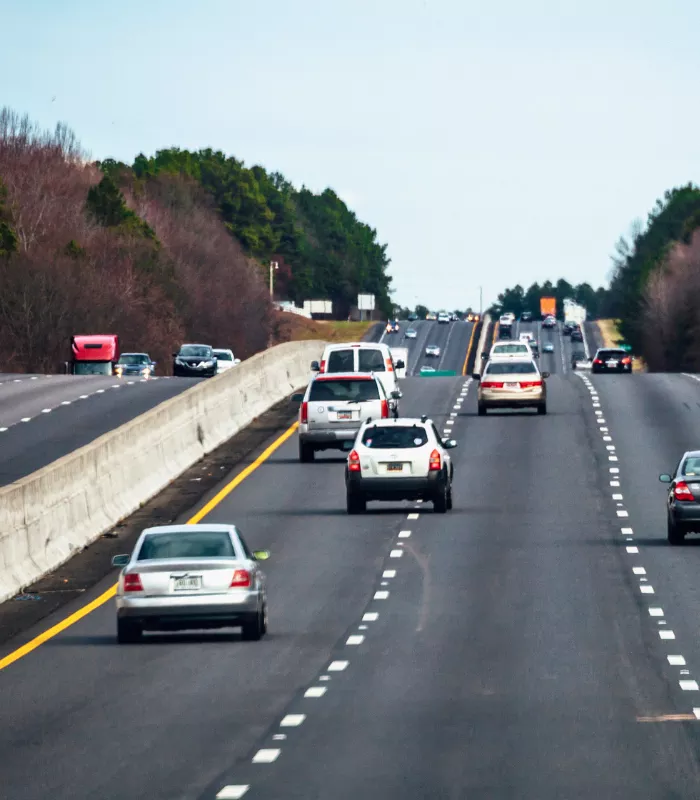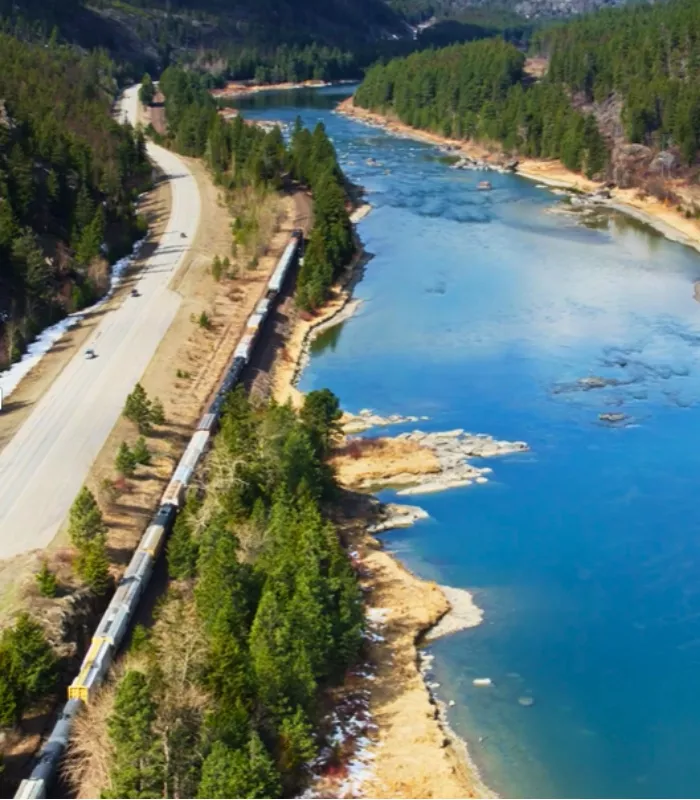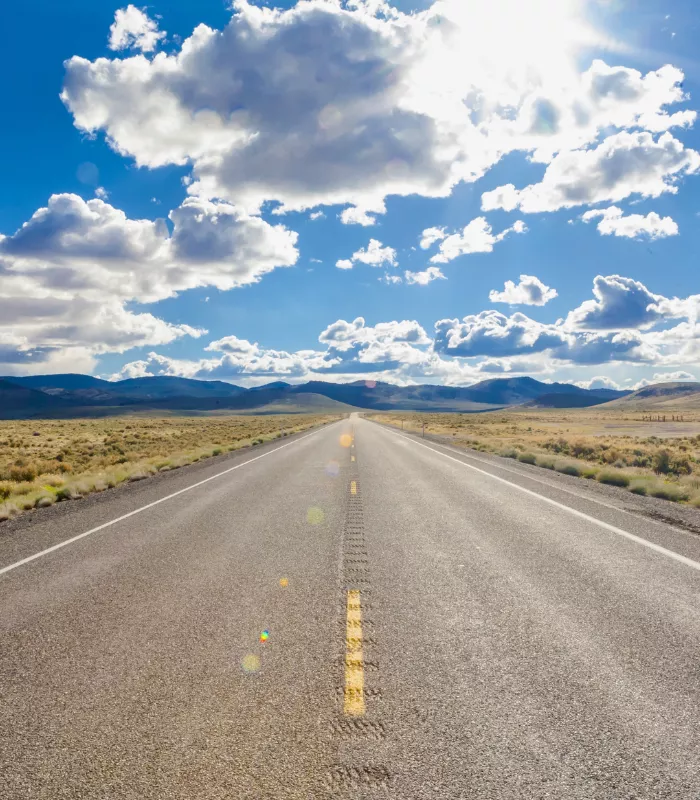While their job description clearly states “facilitate safe transportation,” certain stretches have apparently been reading it upside down.
These roads didn’t become dangerous overnight; they’ve been perfecting their craft for decades.
Think of this as your unofficial guide to America’s most overachieving accident magnets.
1. Interstate 4, Florida
Florida’s Interstate 4 stretches from Tampa to Daytona Beach and holds the grim title of America’s most dangerous highway.
This 132-mile stretch sees over 1.1 deaths per mile, making it deadlier than any other road in the country.
Orlando alone recorded 11 fatalities during recent studies, earning it the distinction as the deadliest city along this route.
2. Interstate 45, Texas
Running from Galveston through Houston all the way to Dallas, I-45 is Texas’s most dangerous road and America’s second deadliest.
This 285-mile highway sees nearly one death per mile, with Houston being the most dangerous city along its path.
Heavy truck traffic and rapid urban growth have made this interstate increasingly perilous for everyday drivers.
3. US Highway 1, Florida
US Highway 1 in Florida averages a staggering 108 fatalities every single year, making it the deadliest road by total deaths.
This coastal highway runs along Florida’s east coast and attracts millions of tourists unfamiliar with local driving conditions.
You’re better off taking alternate routes during peak tourist seasons when traffic and accident rates spike dramatically.
4. Interstate 40, Tennessee
Tennessee’s portion of Interstate 40 claims 52 lives annually, making it one of the deadliest highways in the Southeast.
The highway passes through major cities like Nashville and Memphis, where heavy traffic and construction zones create dangerous conditions.
That’s why many experienced drivers avoid rush hour travel on this particular stretch whenever possible.
5. Interstate 40, New Mexico
New Mexico’s stretch of Interstate 40 sees 40 deaths per year, making it the state’s most dangerous highway.
This route crosses vast desert terrain where high speeds and driver fatigue contribute to serious accidents.
Weather conditions can change rapidly, creating unexpected hazards for drivers unfamiliar with desert driving.
Why It’s On This List: The combination of high speeds, long distances, and challenging desert conditions makes I-40 particularly deadly in New Mexico.
6. Interstate 40, Arizona
Arizona’s Interstate 40 records 35 fatalities annually, earning its place among America’s most dangerous roads.
The highway connects Phoenix to Flagstaff through mountainous terrain and extreme weather conditions.
Summer temperatures often exceed 115 degrees, causing tire blowouts and vehicle breakdowns that lead to serious accidents.
Why It’s On This List: Extreme heat, mountain passes, and heavy truck traffic make I-40 one of Arizona’s deadliest highways.
7. US Highway 83, Texas
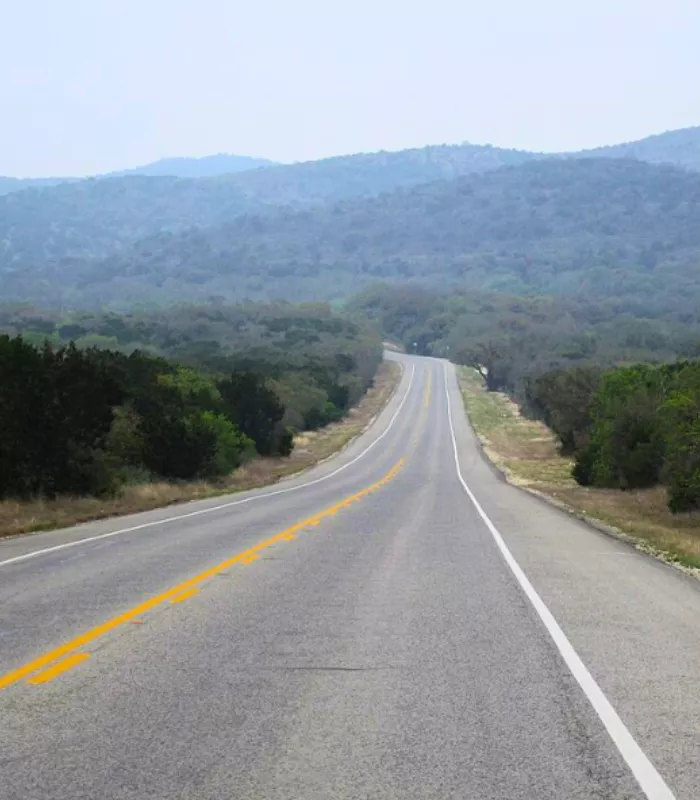
US Highway 83 in Texas averages 34 deaths per year, making it one of the state’s most dangerous roads.
This highway runs through rural areas where emergency response times are longer and medical help is farther away.
Many drivers underestimate the dangers of rural highways, often driving faster than conditions allow.
Why It’s On This List: Rural location, high speeds, and limited emergency services contribute to US-83’s deadly reputation in Texas.
8. Interstate 65, Alabama
Alabama’s Interstate 65 claims 33 lives annually, running through Birmingham and other major population centers.
Heavy truck traffic and frequent construction zones create hazardous conditions for passenger vehicles.
The highway sees particularly dangerous conditions during severe weather events common in the Southeast.
Why It’s On This List: I-65’s combination of urban traffic, industrial truck routes, and severe weather makes it Alabama’s deadliest highway.
9. US Highway 31, Michigan
Michigan’s US Highway 31 records 31 fatalities per year, making it the state’s most dangerous road.
This highway runs along Michigan’s western coast, where lake-effect snow and ice create treacherous winter driving conditions.
You’re better off avoiding this route during severe weather warnings, especially in winter months.
Why It’s On This List: Harsh winter weather, lake-effect snow, and challenging road conditions make US-31 particularly dangerous for drivers.
10. Interstate 95, South Carolina
South Carolina’s portion of Interstate 95 sees 30 deaths annually, making it one of the most dangerous highways in the Southeast.
This major north-south corridor carries heavy tourist traffic, especially during summer months when beach destinations are popular.
Many accidents involve out-of-state drivers unfamiliar with local traffic patterns and road conditions.
Why It’s On This List: Heavy tourist traffic, unfamiliar drivers, and high speeds make I-95 South Carolina’s deadliest highway.
11. Interstate 10, Louisiana
Louisiana’s Interstate 10 records 29 fatalities annually, making it one of the most dangerous highways in the Gulf Coast region.
This highway crosses the Atchafalaya Basin on elevated bridges where high winds and sudden weather changes create hazardous conditions.
The combination of industrial traffic from oil refineries and tourist traffic to New Orleans creates a deadly mix.
Why It’s On This List: High bridges, severe weather, and heavy industrial traffic make I-10 Louisiana’s most dangerous highway.
12. US Highway 287, Colorado
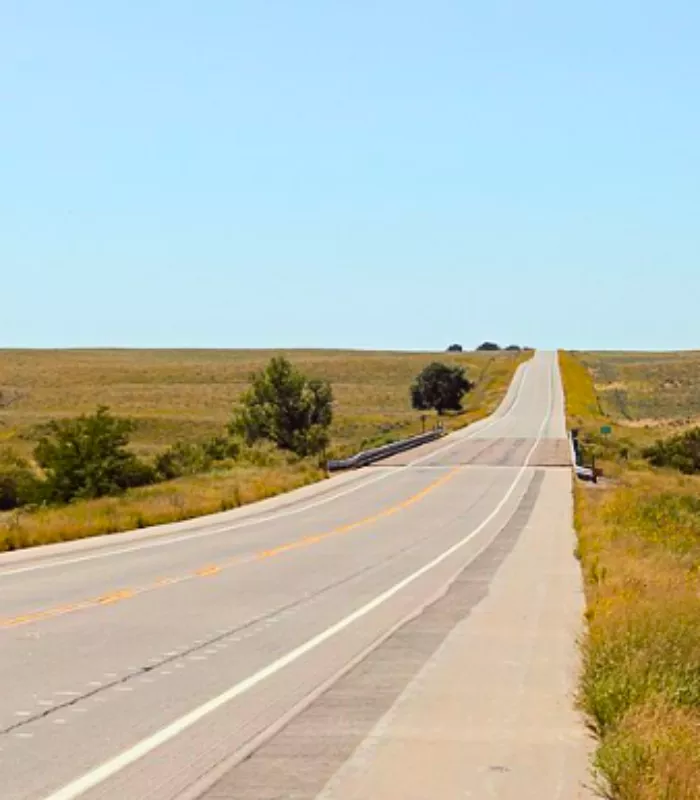
Colorado’s US Highway 287 claims 28 lives per year, running through mountainous terrain with steep grades and sharp curves.
High altitude and sudden weather changes can catch drivers off guard, especially those not accustomed to mountain driving.
Winter conditions bring ice, snow, and reduced visibility that make this highway particularly treacherous.
Why It’s On This List: Mountain terrain, altitude changes, and severe winter weather contribute to US-287’s deadly reputation in Colorado.
13. Interstate 35, Oklahoma
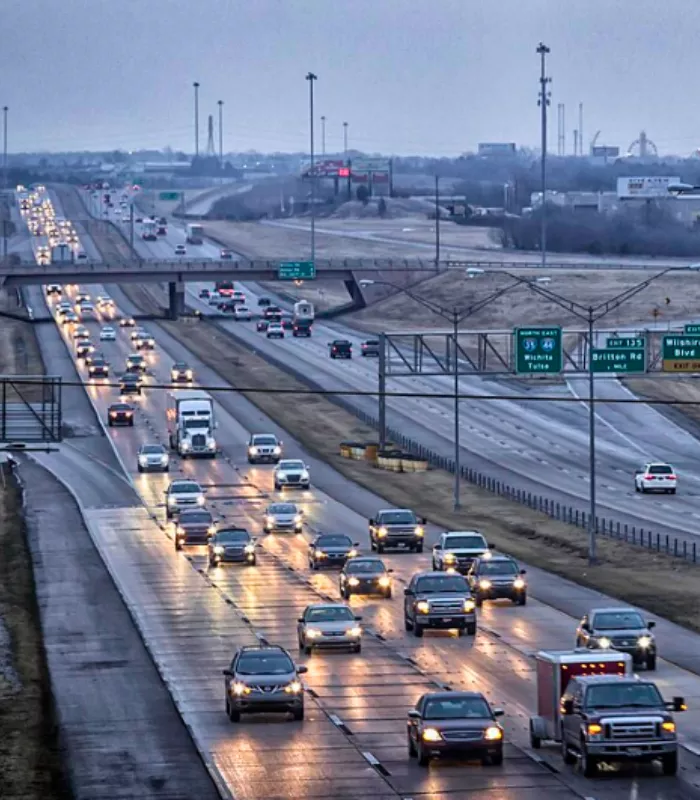
Oklahoma’s Interstate 35 sees 27 deaths annually, running through the heart of Tornado Alley where severe weather is common.
This highway connects Oklahoma City to the Texas border and experiences heavy truck traffic from cross-country shipping.
That’s why many drivers avoid this route during severe weather warnings, especially during tornado season.
Why It’s On This List: Severe weather, tornado activity, and heavy truck traffic make I-35 Oklahoma’s deadliest highway.
14. US Highway 101, California
California’s US Highway 101 records 26 fatalities per year along its scenic but dangerous coastal route.
The highway features sharp curves, steep cliffs, and fog that can reduce visibility to near zero without warning.
Many accidents involve tourists who are distracted by the beautiful scenery and unfamiliar with the road’s hazards.
Why It’s On This List: Coastal fog, sharp curves, and distracted tourist drivers make US-101 particularly dangerous in California.
15. Interstate 80, Nevada
Nevada’s Interstate 80 claims 25 lives annually as it crosses the state’s vast desert landscape.
Long stretches of straight road can lull drivers into complacency, leading to high-speed accidents when conditions suddenly change.
You’re better off taking frequent breaks on this route, as driver fatigue is a major contributing factor to accidents.
Why It’s On This List: Desert conditions, driver fatigue, and high speeds make I-80 Nevada’s most dangerous highway.
16. US Highway 93, Arizona
Arizona’s US Highway 93 sees 24 deaths per year, connecting Phoenix to Las Vegas through challenging desert terrain.
This two-lane highway has limited passing opportunities, leading to dangerous overtaking maneuvers and head-on collisions.
Extreme summer heat causes frequent vehicle breakdowns, leaving stranded motorists vulnerable to additional accidents.
Why It’s On This List: Two-lane design, extreme heat, and dangerous passing zones make US-93 particularly deadly in Arizona.
17. Interstate 77, North Carolina
North Carolina’s Interstate 77 records 23 fatalities annually, running through the Appalachian Mountains with steep grades and sharp curves.
Fog is common in the mountain valleys, reducing visibility and creating dangerous driving conditions.
Drivers underestimate the challenges of mountain driving and fail to adjust their speed accordingly.
Why It’s On This List: Mountain terrain, fog, and steep grades make I-77 North Carolina’s most dangerous interstate.
18. US Highway 2, Montana
Montana’s US Highway 2 claims 22 lives per year as it crosses the state’s northern border region.
This rural highway has long stretches between towns where emergency response times can exceed an hour.
Winter conditions bring ice, snow, and whiteout conditions that make travel extremely hazardous.
Why It’s On This List: Remote location, harsh winters, and limited emergency services make US-2 particularly dangerous in Montana.
19. Interstate 75, Georgia
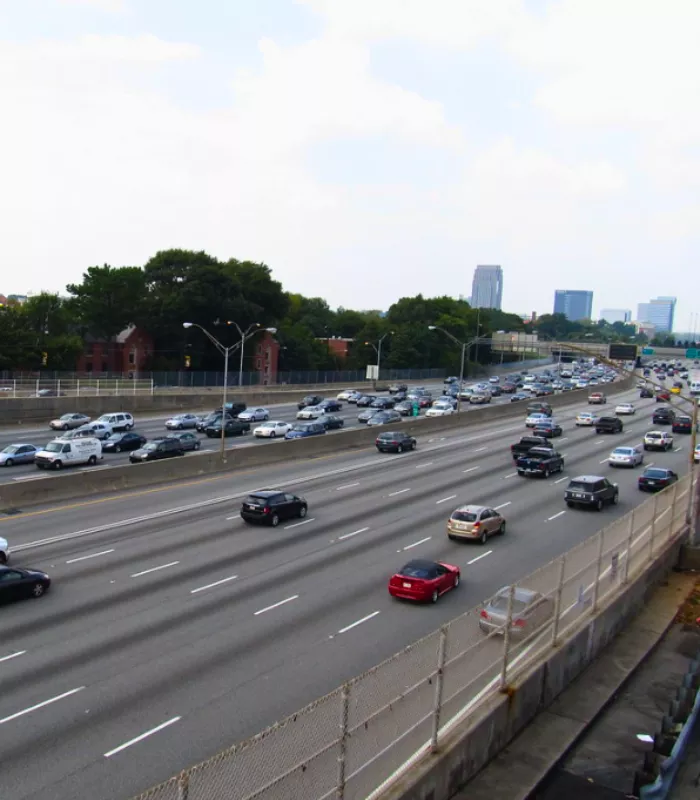
Georgia’s Interstate 75 sees 21 deaths annually, running through Atlanta’s congested metropolitan area.
Heavy traffic and aggressive driving behaviors contribute to frequent accidents during rush hour periods.
That’s why experienced drivers often use alternate routes to avoid the most dangerous sections during peak travel times.
Why It’s On This List: Atlanta traffic congestion, aggressive driving, and high speeds make I-75 Georgia’s deadliest highway.
20. US Highway 50, Nevada
Nevada’s US Highway 50 records 20 fatalities per year and is known as “America’s Loneliest Road.”
This highway crosses 287 miles of desert with very few services or populated areas along the route.
Driver fatigue and vehicle breakdowns in remote areas contribute to the high fatality rate on this isolated highway.
Why It’s On This List: Extreme isolation, limited services, and vast desert distances make US-50 Nevada’s most dangerous rural highway.
